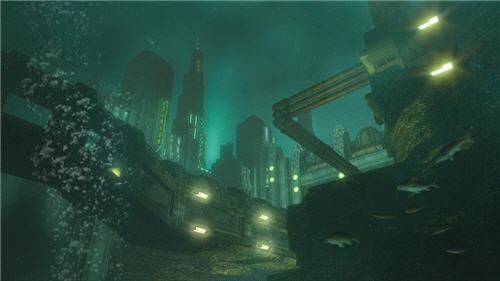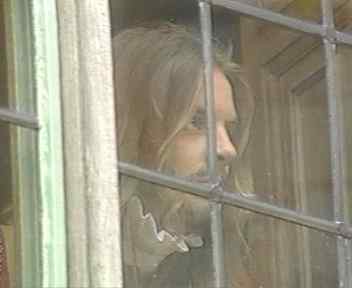Verisimilitude is how close to reality the representation is to the real self. For example in art, a realist painting, such as Manet's Olympia would have more verisimilitude than an abstract peice of art such as Picasso's Weeping Woman because it is a closer representation of reality. Media text often try to get so close to reality that they make things over-real. This i called Hyper-reality. This is excelently demonstrated in the Hudsucker Proxxy by the Coen Brothers in which the film is set more in a film-reality than in verisimilitude. For example the imagary within The Hudsucker Proxxy is very much ideolised to be like the 1950's posters. Not like the 1950's reality. This supports Baudrillard's theory that reality can no longer be seperated from media reality.
Chandlers model suggets that the audience only sees the reality through the production. The representation of reality can be called simulacrum. The simulacrum mutually relies on the audience to understand what it is simulating. So allready reality is interpreted through a pre-existing interpretation. Post modernism is just playing whith this pre-interpreted past and media reality by replacing it with it's own, ironic and playfull reality. I feel that post modern texts ask for the audience to make their mind up on what they feel is reality themselves, interprate things in a new light, with their own eyes and mind.
The way the production uses them, referring to things the audience believes in - what happens to the referent in a Postmodern text - through the understanding of the referent in the media text of the past (in which the audience is aware of) Examples, such as Directors, Platforms (not just British!) etc. Possibility to mention it as Global.
The reader must be aware of the way Hyper-reality works, such as analysis of Coenn Brothers, Michael Winterbottom, Camera Shots. Representation of the film world.
Why are Postmodern texts playful and not serious? Lack of values and morals lead to the playfulness (Nihilism). Examples! Go through PAINPIPES - No need to mention them all! Sharing the fact they are a construction. The Simpsons for example relate to self-referential.




